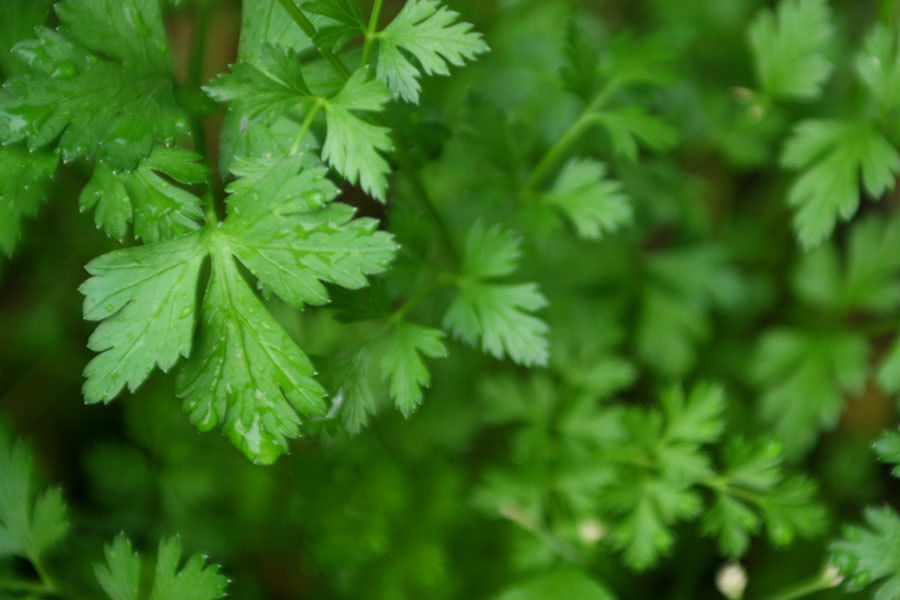
BOTTLAND FOUNDATION
FREQUENTLY ASKED QUESTION
QUESTION: What about Micro-plastics. How well are the plastic bottles preserved within the root-system?
ANSWER: Micro-plastics are exponentially becoming a big environmental problem, especially in relation to marine wildlife.
It's broadly understood that UV rays and friction are the primary causes of the breakdown of ever increasing amounts of discarded plastic in our oceans.
I was aware of this when I began the first plastic bottle floating Island in 1997 and so took great care to protect the bottles from UV rays by covering them with bamboo, shipping palettes, repurposed plywood, earth, sand and a tropical garden.
Mangroves (which are up to 10 times more effective than a forest at sequestering atmospheric carbon with their amazing blue carbon eco systems) grew on the floating Island at double the pace as those on shore. This is because they don't grow well at low tide if their roots dry out, or at high tide if their breathers are submerged. Yet the ones on the floating Island followed the water levels and flourished all year round.
I made meticulous routine checks on the bottles that had been in the Island between 7-10 years and was pleased to find them all intact and well preserved. Better still, they were in fact tougher with so much variety of life entwined around them, some of which even had fostered coral growth!
To this day I have found no evidence of bottle degradation. This comes down to the science of how the earth preserves them in cool darkness and how the roots prevent bottle to bottle friction as they weave through the net and between the bottles.
"The degradation rate of the polymers is significantly slow, which makes them extremely persistent. Thus, plastics can last in the marine environment for decades or even hundreds of years when on the surface; and far longer when in deep sea."
(From an online science article about marine plastics https://www.nature.com/articles/srep23501)
We know P.E.T. is very durable and extremely long lasting, especially when buried, with an estimated life span of 450 to 1,000 years in a land fill. (From online general info)
The bottles in a Trashure Island are buried like those in a land fill, 'under earth in cool darkness', with the added protection of a highly resistant horticulture net below, covered with aquatic organisms which thrive as nutrients filter down from the flourishing garden above.
For our purpose let us use the lesser estimate of 450 years to get an idea of what would happen to the bottles in the future.
As trees mature and become heavier, there'll be a need to add more floatation. This is easily done by plunging net bags of new bottles through evenly distributed holes in the Islands base. The bags quickly become organically attached as roots weave through them. These holes also allow light in, so that aquatic life flourishes on all parts of the underside.
After numerous years of this periodic new bottle upliftment, the Islands cross section would show the newest bottle layer on the bottom and the oldest on the top. As more years pass (could be over 500) the possibility for breakdown would be more in the upper, older, original layer. But even if this original layer of bottles began to crack into small enough pieces (the rainfall would need to be heavy enough) these micro-plastics would still need to pass through all the newer layers of netted bottles and earth entwined in roots, down to and through the final layer of aquatic life to enter the water.
In conclusion I feel it's relevant for us to look at the big picture. The problem of micro-plastics is truly humongous, P.E.T. is only a small part of it and it is all on the increase. In fact the most micro plastic pollution comes from textiles, tyres and city dust which account for over 80% of all micro plastic in the environment.
A vast amount becomes airborne and settles in the ocean.
Nevertheless plastic bottles are a big issue, with most countries not recycling, so they mostly end up in the ocean to break down quickly with UV rays and friction. Trashure Island is in fact offering an alternative, protective way to combat this issue. There is no simple cure for plastics, but this initiative shows a greener way of reducing their impact, far beyond anything else currently being implemented.
Trashure Islands not only re-use plastic bottles but they solve other world issues, because:
They provide more living space, (saving natural land).
Plants grow faster on them with no irrigation needed (even in droughts).
They can sustainably produce food and wood etc.
They can survive floods or rising oceans.
Their roots clean the water and flourish hydroponically (especially on eutropic lakes)
Their leaves sequester carbon, (especially mangroves) helping to reduce climate change.
And they float on millions of plastic bottles preserved within their roots.... many of which would have otherwise Quickly Broken Down into Micro-Plastics in our Priceless Oceans.